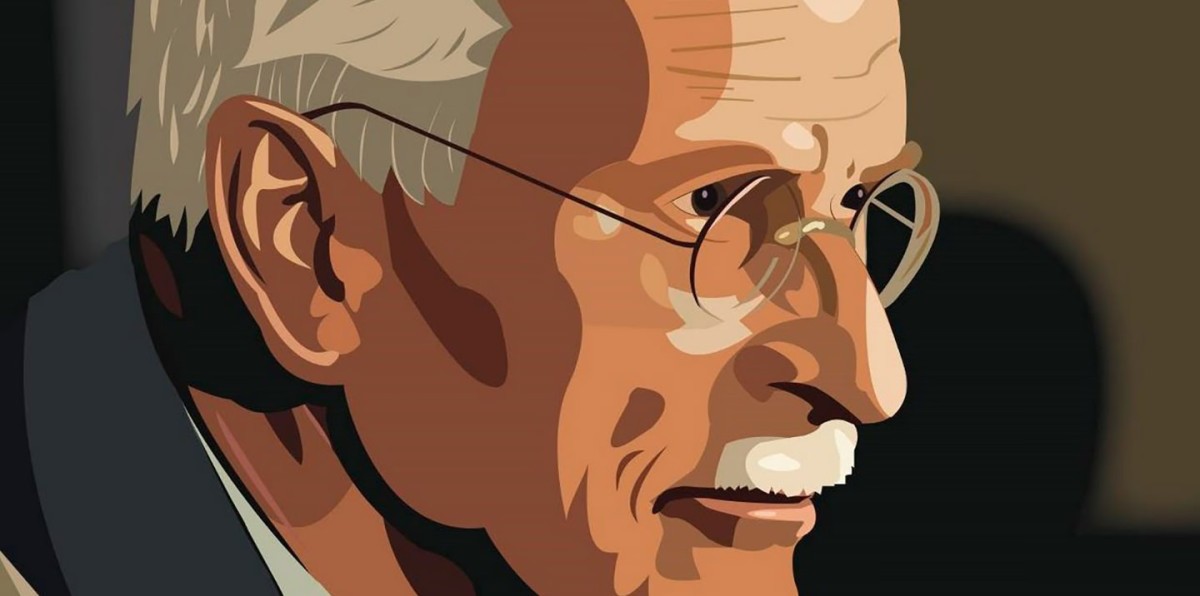Consumer’s choices are driven in large part by their emotions and unconscious, not their rational mind. Attributing meaning and emotions to a brand is therefore key to activating consumers’ gut feelings and inner self. One popular way to create this emotional connection that recently caught my attention is the use of archetypes.
Are you using archetypal branding? Now is the time to start!
What are archetypes?
Archetypes were first introduced by modern psychologist Carl Jung as images and thoughts with universal meanings. They are extremely powerful because they are anchored in collective unconscious and experiences, meaning that they should appeal to any consumer from any cultural, social or demographic background.
Why use archetypes in branding?
By developing an archetypal brand, you answer basic questions about your brand like: “who am I?”, “what is my story””, “what are my intentions?”, which help consumers see you like a person and identify with your brand. Based on Jung’s work, 12 brand archetypes have been developed by Dr Carol Pearson, and they are now in use (as such or in modified versions) by a lot of branding consultants and creative agencies.
12 brand archetypes
Examples
Most brands we know can easily be matched with an archetype. For instance, Nike is a pure Hero, LEGO is an Explorer, Dove is a Caregiver and Alpha Romeo a Lover. Can you think of which archetypes best match brands like Microsoft, or IKEA? And which brand is a Sage or an Outlaw?
Finding an archetype that describes your brand will help you articulate your meaning and provide a strong basis for your storytelling and content strategy. It will help you differentiate from competition and create a stronger internal brand as well.
What is your brand archetype? And if you had to match your own personality to an archetype, who would you be?
Find out more about archetypes
- Read The Hero and the Outlaw , the key book on archetypal branding
- Find out your brand archetype with the help of this tool by design agency Forty
- Get in touch with agencies using the brand archetype frameworks, such as Page + Page in the UK or Allegory Studios in the US.

